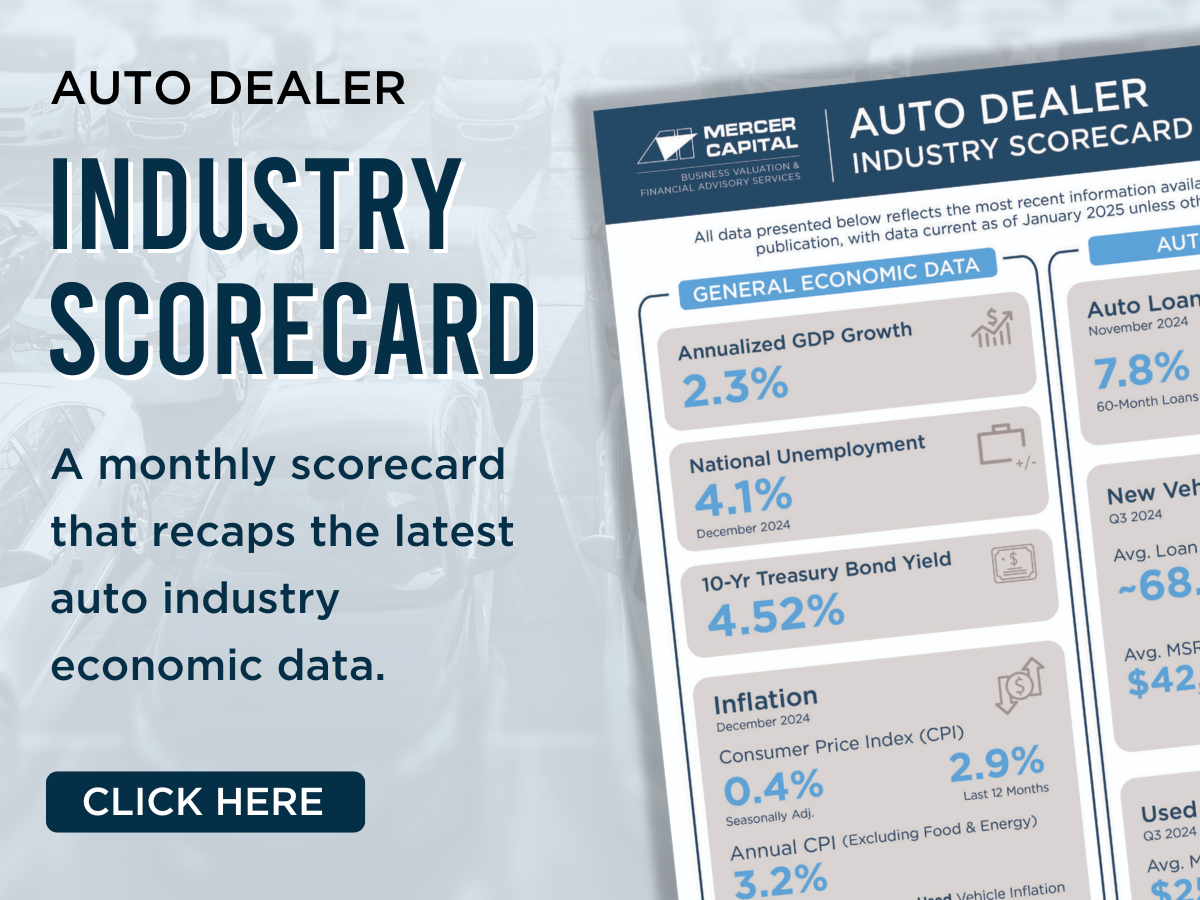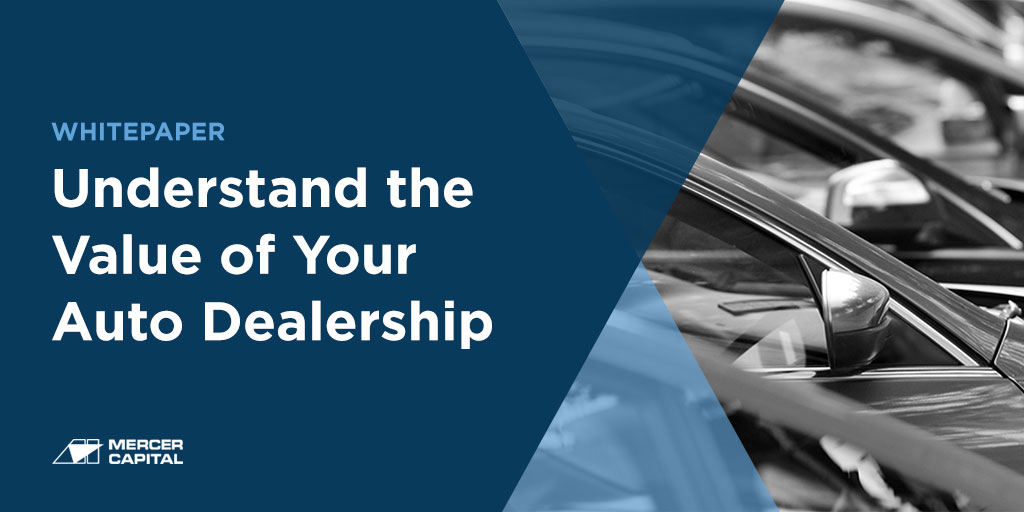2021 was an interesting year for auto dealers. In this post we discuss what things will look like when we return to a more “normal” operating environment. Specifically, what negative equity from used car buyers in 2021 may mean for dealerships.
Blog
Auto Dealer Valuation Insights
Regular updates on issues important to the Auto Dealer industry
‘Twas the Blog Before Christmas…
2021 Mercer Capital Auto Dealer Holiday Quiz
As year-end approaches, we hope to spread some cheer with our Auto Dealer holiday quiz. Merry Christmas!
November 2021 SAAR
This month’s SAAR came in below expectations as the industry experienced only slight inventory improvement from the historic lows of September and October. For our last SAAR blog of 2021 we provide some commentary on what seemed to work well for auto dealers in 2021 and what changes might be around for a while.
Q3 2021 Earnings Calls
Q3 earnings calls across the group of public auto dealers began with similar themes from the prior two quarters: record profits and earnings, record Gross Profits Per Unit (GPU) on new and used vehicles, and tightening inventory conditions. In addition to those themes, we also discuss M&A, inflation, and other areas of profitability for the public auto dealers.
EV Start-Up Rivian IPOs at Valuation of $86 Billion
What It Means for Ford, Other OEMs, and Auto Dealers
Rivian Automotive has been in the news a lot recently given its eye-popping IPO. Ford has invested in Rivian and until recently was planning to jointly develop an EV. In this week’s post, we feature a recently published piece from our Family Business Director blog about Ford’s decision to invest in Rivian from Ford’s perspective.
Differing Perspectives on the Used Vehicle Market
Feast or Famine?
Headlines persist describing inventory shortages, record transaction prices, record profitability, and predictions for when conditions will return to normal. How do we make sense of all of it? What factors are contributing to the current conditions? Like the larger automotive industry as a whole, conditions can be described as the best of times and the worst of times, or feast or famine. Interpretation of the conditions can differ depending on the perspective of the consumer or the auto dealer.
In this weeks’ blog, we offer commentary on the status of the used vehicle market and re-examine used vehicle metrics through third quarter data. We also discuss how we got here and where we are headed.
October 2021 SAAR
October 2021 SAAR was just shy of 13.0 million, as new light vehicle sales saw their first month-to-month gain since April. The October SAAR is up 6.3% from last month but remains 20.8% lower than last October. Auto dealers began the month with record low inventory levels of 972,000 units, and low inventories continue to keep car buying activity constrained.
NADA Is Busy Working on Capitol Hill on Behalf of Auto Dealers
In last week’s blog, we wrote about attending some of the Tennessee Automotive Association meetings and explored the buy/sell considerations discussed there.
This week, we discuss another highlighted topic: the federal legislation that NADA is prioritizing and how that legislation could impact your dealership’s operations.
The Tricks and Treats of the Buy/Sell Process from a Selling Dealer’s Perspective
Fall District Meeting Roundup
We recently attended a series of district meetings sponsored by a state auto dealer association. The topic on everyone’s mind was transactions. Because potential transactions seem to be top of mind for so many dealers, this post focuses on that. Because Halloween is right around the corner, we offer guidance about how to think about and structure a transaction in the form of Treats (what is true) as well as Tricks (what is not). We hope you enjoy the post and Happy Halloween!
Interpreting Inflation and Interest Rates for Auto Dealers
Can Retail Vehicle Prices Continue to Soar?
Inflation and interest rates are on more people’s minds lately due to supply chain disruptions across all industries. People understand how inflation and interest rates affect their daily lives when noticing the rising cost of goods/services and the cost to borrow money to buy a house, but many don’t realize that inflation and interest rates are interconnected. Inflation and interest rates are frequently linked when discussing macroeconomics and they tend to have an inverse relationship. When interest rates go up, in theory, inflation goes down. However, there are many more factors other than inflation and interest rates impacting the economy in the real world.
In this post, we discuss how we got to our current reality, what auto dealers might expect regarding inflation and interest rates, and how it all might impact the dealership.










